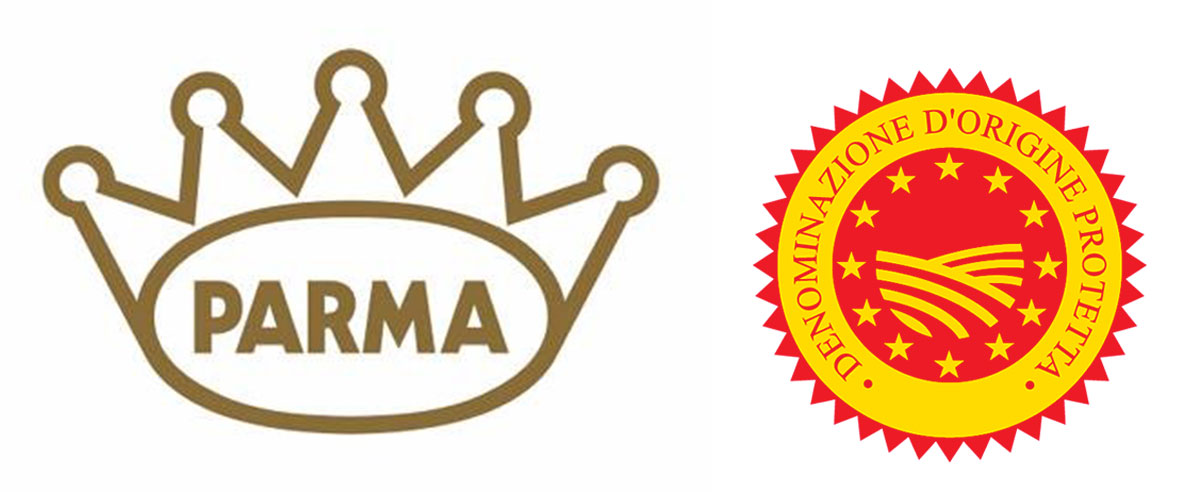
After more than twenty years, the rules of production for Prosciutto di Parma PDO are about to change. The producers gathered in the protection Consortium have in fact decided to revise the specification governing the production of the iconic Italian ham. The goal is to focus on the characterization of the product to improve its quality, starting with the strong attention to the raw material, genetics, and nutrition of the pigs.
Most important of all, the minimum seasoning period is extended from 12 to 14 months, and the doors will open to new technologies in order to make production more efficient and sustainable. Moreover, the positive results of scientific tests carried out on the shelf life of pre-cut Prosciutto di Parma PDO have allowed the extension of the Minimum Conservation Term (TMC) of the pre-packaged product. All this will have a concrete and positive impact on exports, especially to non-European countries
PROSCIUTTO DI PARMA PDO: SOME CHANGES TO IMPROVE
The Prosciutto di Parma PDO protection Consortium has declared that these changes have three goals: improve the quality of the product, strengthen its identity to make it even more distinguishable from its competitors, and make it a really unique product on the world stage. All the elements for traceability along the entire production chain have been confirmed, as well as a further strengthening of controls and of the fraud prevention system.
THE NEW SPECIFICATION IN DETAIL
The new specification is part of an overall plan for the general renewal of the sector, which began a few months ago with the change of the new certification body – Csqa – to further guarantee this PDO cold cut. The producers have also decided to create a list of genetic types allowed for production based on a database of genetic material of pigs.
The following are the main changes introduced into the specification, 20 years after the last revision:
- GENETICS: a positive list of permitted genetic types and a database of genetic material are established. For each boar admitted to the production circuit, a sample of biological material or DNA sequence will be available that makes it possible to carry out paternity checks.;
- FEEDING STUFFS: space for higher quality raw materials aimed at obtaining meat that is even more suitable for long maturing. Some foods from abroad have therefore been replaced with those of the Parma territory to respond faithfully to EU requirements;
- MINIMUM SEASONING: this is set at 14 months, two more months than in the past. Scientific studies carried out in collaboration between the American and Italian health authorities have in fact shown that a minimum seasoning of 400 days is able to inactivate the main infectious diseases of the pigs and therefore to offer total health safety;
- SALT CONTENT: the limit decreases from 6.2% to 6%. In the last 7 years, the salt content has thus been reduced by more than 10%, without altering the characteristics of the product;
- PIGS WEIGHT: Assessments will be based on the dead weight of the individual pork carcass. The average weight after nine months could vary from 160 to 176 kg. From now on, however, the cold carcass dead weight – which may vary from 120 to 168 kg – should be taken into account as a reference;
- NEW TECHNOLOGIES: open doors to innovations that make production more efficient and sustainable.

PROTECTION CONSORTIUM BY THE NUMBERS
- 140 companies producing Prosciutto di Parma PDO
- 8,500,000 hams branded in 2018
- 2,600,000 exported hams
- Distribution: 70% Italy – 30% exports
- 740 million production value
- 280 million exports turnover
- 1.7 billion total turnover
- Top performing countries: US 594,000, France 470,000, Germany 407,000, UK 302,000 hams
